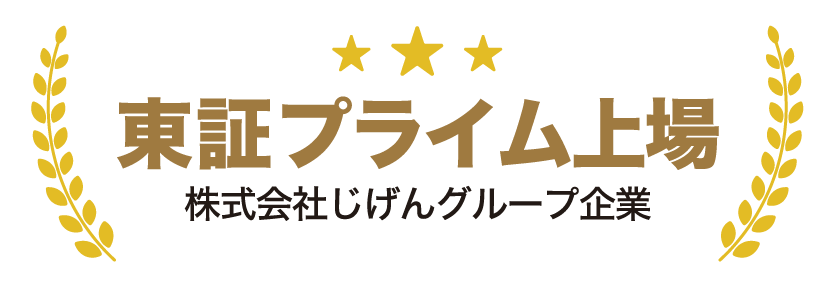Nihonbashi and Kayabacho are two neighboring districts in the Chuo Ward of Tokyo. Due to their proximity, they are often referred to as a single district.
These areas are primarily commercial and are dotted with skyscrapers that serve as headquarters to banks, investment firms, and security companies. But as you start exploring them, you discover countless historical sites that remained unchanged for hundreds of years. This fusion of the modern and the historic makes it a fantastic spot for foreigners who want to live near the city center, yet also want to explore the authentic spirit of Tokyo, which has been beautifully preserved in historic specialty shops and traditional restaurants.
How To Get There?

Nihonbashi by Dick Thomas Johnson is licensed under CC BY 2.0
Kayabacho and Nihonbashi stations are only 10 minutes' walking distance away from each other, so you can pick either of them as your starting point. The districts sit near the Kamejima river in the center of Chuo Ward.
You can reach Nihonbashi station with the Tokyo Metro's Toei Asakusa and Tozai lines, and Kayabacho station with the Tozai Line. There are also several bus stations in the area, and the Metropolitan Expressway No.1 and C1 pass just between the two neighborhoods.
Things to Discover In Nihonbashi & Kayabacho

Nihonbashi by Dick Thomas Johnson is licensed under CC BY 2.0
Ideally, to decide whether these districts are the right home for you, you should first explore them as a visitor. Go on walking tours and see major attractions as well as hidden gems, and at the end of the day you'll be able to feel whether these areas are where you'd like to start your new life in Tokyo.
One of the most recognizable attractions in the district is Nihonbashi bridge. It was built in the Edo period and once served as an official starting point for Japan's national highway network, and was rebuilt in the Meiji Era when 32 lion sculptures were added. It still serves as a base point to measure distances from Tokyo to other parts of Japan.
To further learn about the history of the area, you can visit the Mitsui Memorial Museum, which houses a stunning collection donated by the Mitsui family. This family is also recognizable for the nearby Mitsukoshi Nihonbashi, the first department store in Japan built in the Edo Period. It now offers a unique fusion of modern, high-end brands and traditional shops. There are three more large department stores, but also countless small local shops you'll discover virtually on every corner.
In Nihonbashi & Kayabacho, ancient shrines and modern bank buildings stand side by side, and on the same tour you can see the Fukutoku Shrine, built more than 1,000 years ago, and the Tokyo Stock Exchange building, which is open to the public and offers interactive trading games.
The Cost Of Living in Nihonbashi & Kayabacho

Nihonbashi River by Ryutaro Koma is licensed under CC BY 2.0
If you fell in love with these districts, it's time to see whether their rental options suit your lifestyle and budget.
There's no shortage of real estate options in the area, but most apartments sit in one of the residential buildings that were built in the past few decades.
Some budget apartments are available, such as studio apartments starting at around 100,000 yen ($910), which follows the average price trend in Tokyo. Larger apartments of 50 square meters and two-room flats start just below 200,000 yen ($1,820), and luxury apartments and stand-alone houses bigger than 100 square meters, are priced around 700,000 yen ($6,376) per month.
Wrapping Up
Nihonbashi & Kayabacho are adjacent districts in the Chuo City of Tokyo. They offer a bustling, downtown lifestyle and are home to many office buildings, which makes them a particularly good choice for singles and those who plan to work in the center of Tokyo.
Sources: GoTokyo, Japan Guide, Wikipedia, Timeout, Tokyocheapo, Japan Travel

Editorial Department
Bringing you the latest real estate & lifestyle news in Japan
セカイプロパティは、1,000万円台から購入できる海外不動産を多数取り扱っているポータルサイトを運営しています。専門性の高いスタッフが海外にある物件を厳選してご紹介いたしますので、ぜひお気軽にお問い合わせください。








